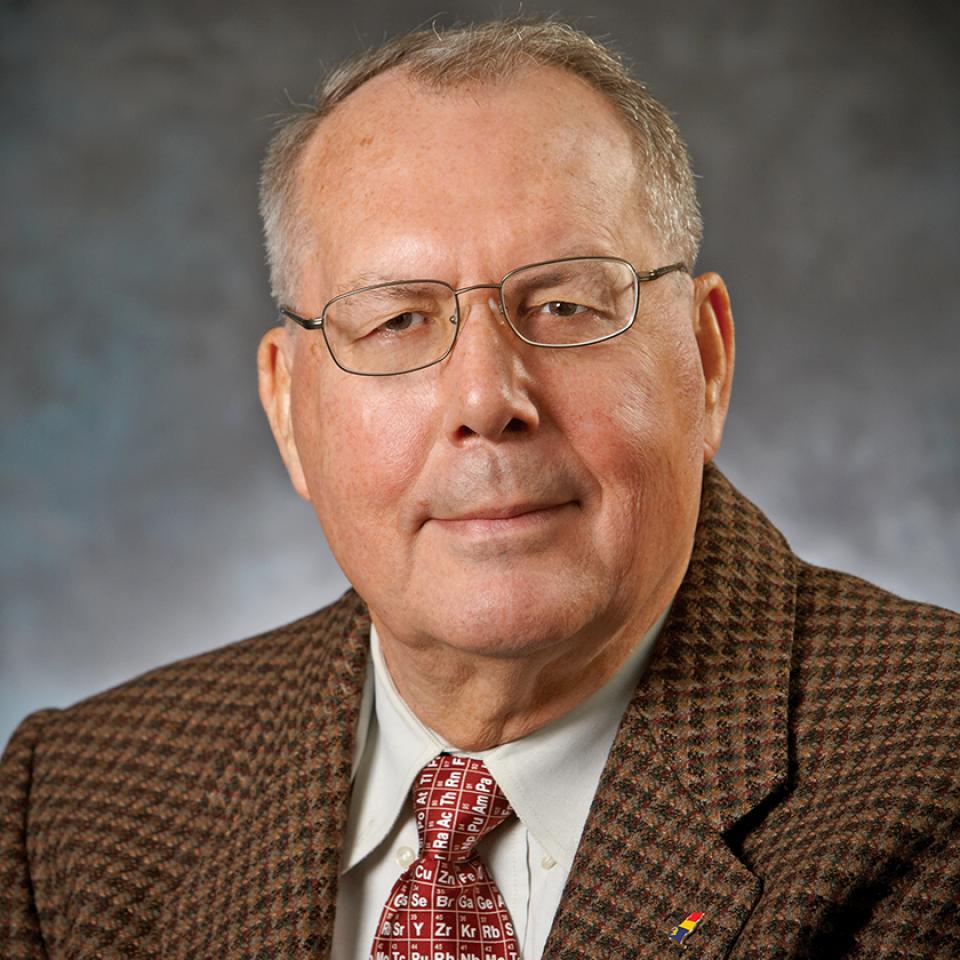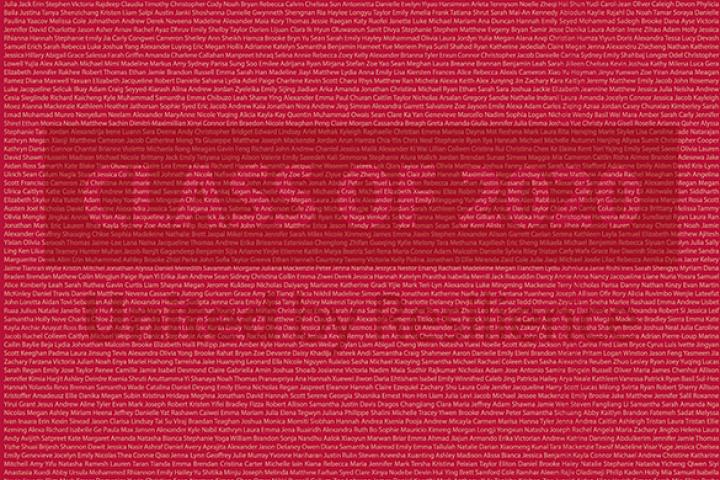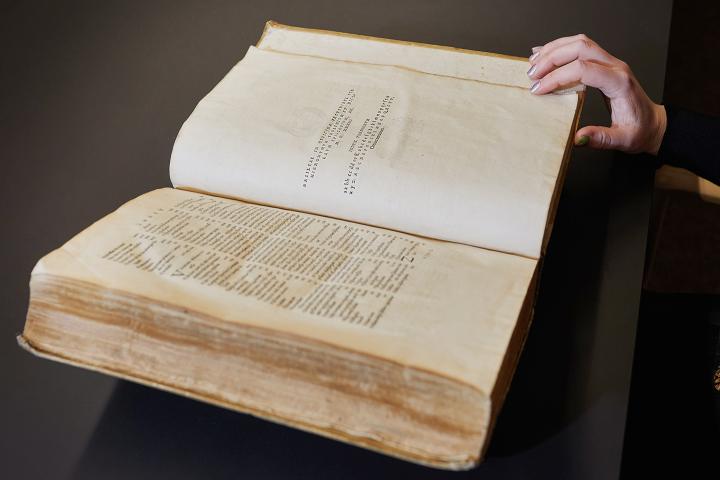Bert Wasmund grew up in a rural Ontario town, where making a living often meant long, hard days working in one of the local industries of farming, mining, or forestry.
Therefore, for Dr. Bert Wasmund, Sc’61, MASc’63, LLD’08, the path to post-secondary education – and to Queen’s – wasn’t easily forged.
Dr. Wasmund was raised on his family’s farm in Monteagle, Ont., a few kilometres north of Bancroft in the rugged Canadian Shield. The youngest of three brothers, he had a humble upbringing. He attended a one-room schoolhouse until Grade 8 and left the farm to work at his family’s general store when he was just 10 or 12. He then attended high school in nearby Bancroft.
“When my dad grew up [in the 1940s and 1950s] going to university – especially from a small farm community – was not expected,” says Dr. Wasmund’s son, Dr. Eric Wasmund, Sc’88. “Not everyone had access to education, especially in that community and in that era.”
He applied to universities but did not have much success. It was while working at the historic Bicroft Uranium Mines near Bancroft that Dr. Wasmund met a Queen’s alumnus and mentor who encouraged him to apply.
Dr. Wasmund went on to earn his Bachelor of Science in 1961 and a Master of Science in chemical engineering in 1963. He then went to the University of Toronto, where he earn-ed a PhD. Soon after he joined Hatch, a Canadian firm that supplies engineering, project and construction, business consulting, and operational services to the mining, metallurgical, energy, and infrastructure sectors. He would become one of just four to lead the company in 1990 and built a decorated, 50-year-long career at Hatch.
As an engineer, Dr. Wasmund was known for his technical skills and innovative approaches to solving long-standing industrial problems. His efforts have resulted in important improvements to metal works productivity, cost effectiveness, and energy efficiency, as well as environmental and workplace safety developments. His name is on several patents for specialized metallurgical reactors, as well as cooling systems used for protecting walls of smelters. These achievements earned him worldwide recognition.
He was awarded the prestigious Noranda Airey Award in 1998, was inducted into the Canadian Mining Hall of Fame in 2011, and earned the Ontario Professional Engineers’ Gold Medal in 2012. He was also granted honorary doctorates from Queen’s and the University of Toronto. In 2017, Dr. Wasmund became a member of the Order of Canada. Yet he never forgot his humble roots in the Ottawa Valley.
“From his own experience, [my dad] saw the transformative power of education,” says son Eric. “It could change your whole trajectory. It’s something you do early on, it’s people you meet, the things you learn about yourself, and how to work in a team. That all becomes accrued as you get access to education.”
He explains his father’s brothers did not have access to the same level of education and, because of that, did not have the same opportunities to make an impact in the world through a career like engineering.
“He genuinely cared about people and equality and was doing the work to make the future a better place for my generation.”
In addition to mentoring up-and-coming engineers at Hatch, Dr. Wasmund was a dedicated supporter of his alma maters. He served on the Queen’s University Applied Science advisory board. He lent his support to research initiatives and funded scholarships for undergraduate and graduate students at both schools.
At Queen’s, the Wasmund awards and scholarships have been a critical component in the development of more than 100 successful Queen’s graduates. The Wasmund Family Memorial Scholarship, established in honour of his parents, has opened opportunities for students at North Hastings High School, Madawaska Valley District High School, Opeongo High School, and Renfrew Collegiate Institute, and helped students succeed in fields as diverse as biology, medicine, economics, linguistics, public administration, law, music, engineering, teaching, nursing, and social work. Dr. Wasmund also established the Bert Wasmund Scholarship for Sustainable Energy Research along with his son, Eric.
Together, the Wasmunds created two funds aimed at supporting Indigenous students entering their first year of the Bachelor of Applied Science degree program at Queen’s, with renewable options for each year of their engineering undergraduate degree.
“What mattered to Dad was investing in people. That goes along with the scholarships. He wanted to help level the playing field for those who historically haven’t had equal access to post-secondary education. That was really important to him,” says Dr. Eric Wasmund.
When Dr. Wasmund was in hospital near the end of his life – and then after he passed on – his son says there was an outpouring of appreciation from people who were impacted by his generosity and leadership.
Dr. Jonathan DeGeer, Artsci’07/Artsci’08, was one of the first recipients of Dr. Wasmund’s awards. Like Dr. Wasmund, he was raised in Bancroft. He came to Queen’s to study math and statistics and life sciences.
“This award was the d-eciding factor in me choosing Queen’s,” says Dr. DeGeer, who now works as a researcher in molecular and cellular biology in Basel, Switzerland. “Receiving the award changed the course of my life – a big financial burden was alleviated from me, and I was able to focus on my studies.”
Dr. DeGeer explains his start at Queen’s set him on his career path, which has led to aiding in the discovery and development of new therapies in health care.
During the annual Wasmund Scholars’ Dinner that Dr. Wasmund hosted at Queen’s, Dr. DeGeer recalls connecting with him on a shared philosophy about giving back.
“Coming from a small town, there is a commitment to community and helping others,” says Dr. DeGeer. In years since, he says that philosophy has motivated him to continue to give back through mentorship and local volunteering opportunities.
Nick Parcher, Sc’15, was the first recipient of the Wasmund Family Indigenous Scholars Award – esta-blished to benefit Indigenous students entering their first year of studies in the Faculty of Engineering and Applied Science. Mr. Parcher also received an award created by Hatch.
“Without [the scholarships], I would not have been able to afford school,” says Mr. Parcher. “It was the difference between me graduating and not.”
Mr. Parcher also viewed Dr. Wasmund as a role model.
“He genuinely cared about people and equality and was doing the work to make the future a better place for my generation,” he says. “It made a profound impact on me and how I define success and shaped a lot of the values that I still hold.”


